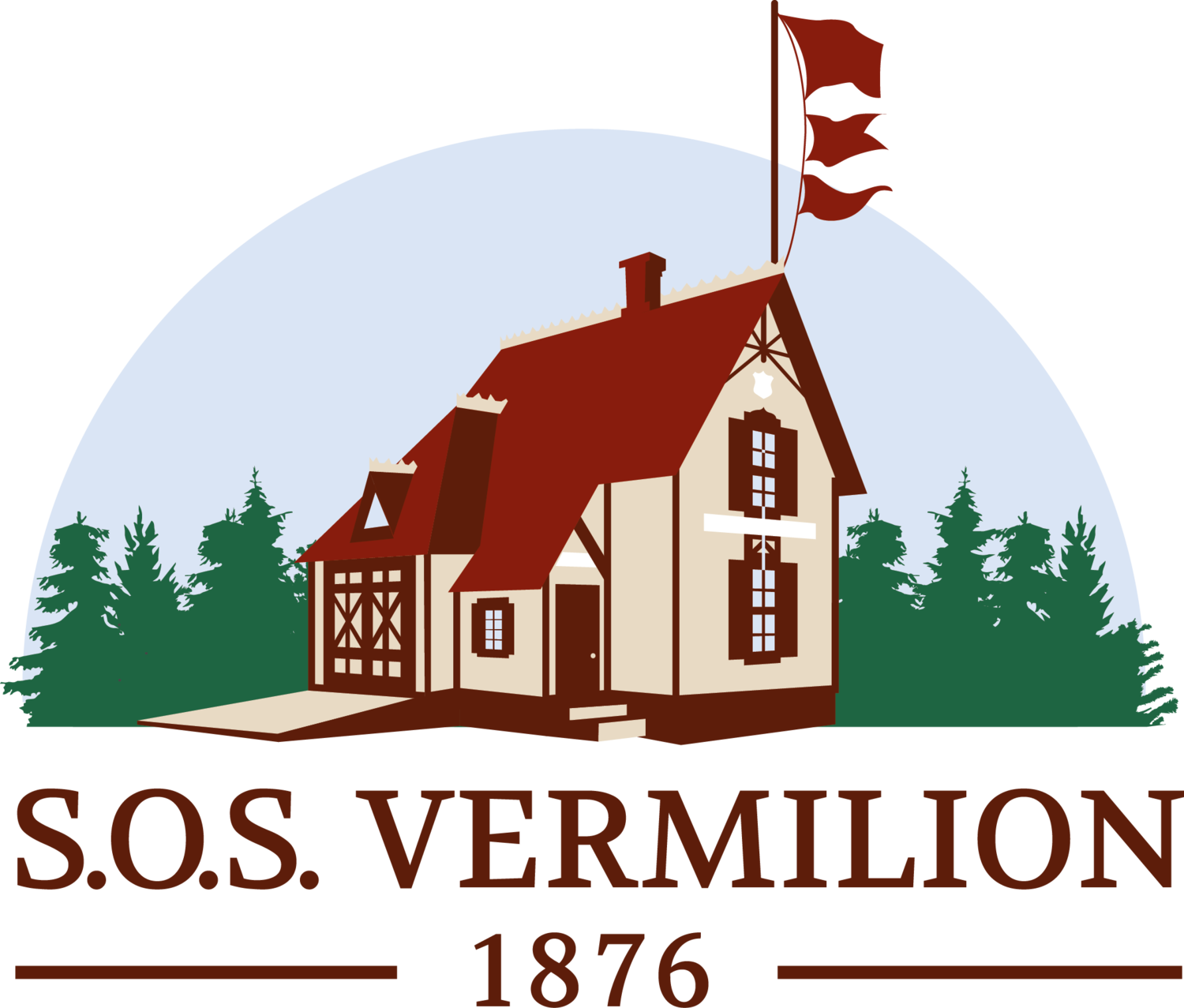HISTORY
Shipwrecks on the south shore of Lake Superior caused numerous fatalities in the mid 1800s. Many of these wrecks occurred near shore, but this stretch of coast was mostly uninhabited and little assistance was available. As a result of these tragedies, Congress funded construction of four U.S. Life-Saving Service stations in that area. The stations were built in 1876 at Vermilion Point, Crisps Point, Two Heart River, and Muskallonge Lake, later known as Deer Park. These four were the only stations built in the Lake Superior Type architectural style. Their keepers and crews of surfmen saved many lives.
Years after the Life-Saving Service became part of the Coast Guard, construction of new Coast Guard stations at Whitefish Point and Grand Marais, along with improved technology, led to the closing of the first four stations. The Vermilion Coast Guard station buildings and grounds were sold to a private party in 1947 and are currently owned by the Little Traverse Conservancy, a land conservancy.
Over the years, nature reclaimed most of the Vermilion Point buildings. The three structures built by the Coast Guard in 1938-1939 still stand, but the original 1876 station building is the only survivor from the Life-Saving Service era. It is the only remaining example of this style of architecture.
While the Little Traverse Conservancy realizes the historical importance of the 1876 building, their mission is focused on preserving the area's natural resources. Therefore, a historic preservation group formed in 2017 to partner with the Little Traverse Conservancy. S.O.S. (Save Our Station) Vermilion is a 501(c)(3) nonprofit organization with the mission of preserving and restoring the 1876 Vermilion Point U.S. Life-Saving Service station building.




